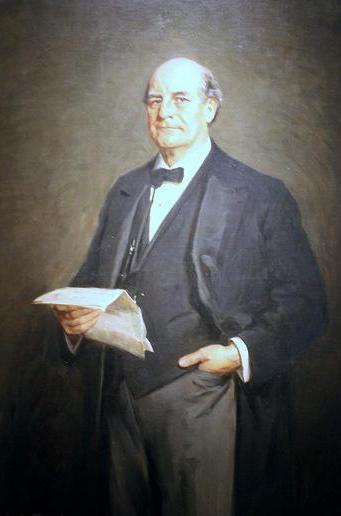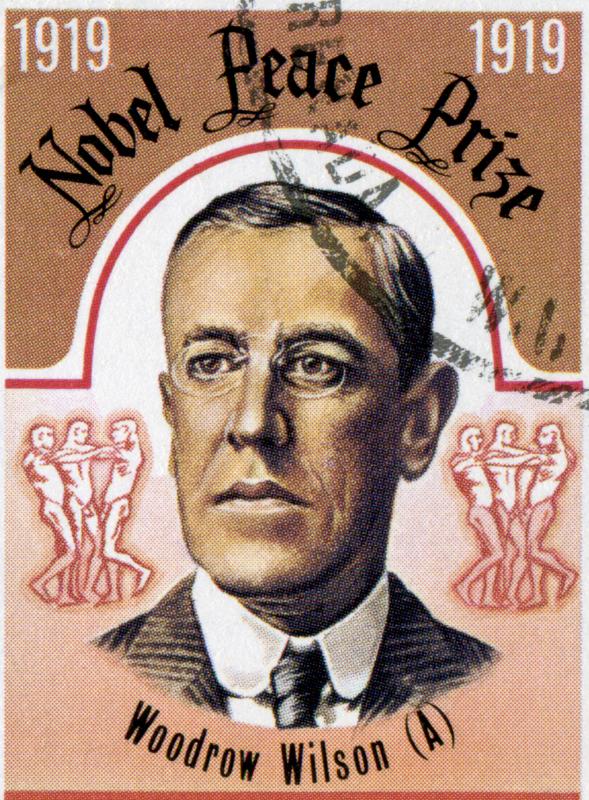At WiseGEEK, we're committed to delivering accurate, trustworthy information. Our expert-authored content is rigorously fact-checked and sourced from credible authorities. Discover how we uphold the highest standards in providing you with reliable knowledge.
What is the Federal Reserve Act?
The Federal Reserve Act of 1913, passed by the United States Congress, established the nation’s central banking system—the Federal Reserve. The Federal Reserve was not the first central bank in the nation’s history, but it was the most powerful and expansive. As such, the Federal Reserve Act could be considered a sum of all prior efforts to provide the US with a central bank. The bank was intended to deliver on an elastic currency system, circulate a federal reserve note, and serve to regulate and monitor the country's credit and financial system in the best interest of the American people.
At the time the act was signed into law by President Woodrow Wilson, on the eve of December 23, 1913, the Federal Reserve Act was the first major act of law which sought to create a central bank to control and monitor the currency system within the US. Prior to this, the nation had implemented two central banks: the First (1791) and Second (1816) Bank of the United States, both of which dissolved amid debates over whether a central bank was equivalent to a money monopoly. In the minds of many, the concept of a central bank was a threat to democracy, a financial specter that would concentrate the nation's wealth into the hands of a powerful few.

After the dissolution of the Second Bank of the United States, the economy underwent nearly a century of turbulence, marked by pockets of calm and turmoil that occurred in perplexing frequency. At times, financial crisis crippled banking in certain areas of the country, even as others continued to prosper. It was this unpredictable and jolting financial roller coaster, which culminated in the financial panic of 1907, that the Federal Reserve Act was created to tame. The initial version of the act was drafted by Representative Carter Glass (D-VA), the chairman of the House Banking and Currency Committee, and financial adviser H. Parker Willis. House Resolution 7837, or the Glass-Willis proposal, was created in response to an earlier proposal for a central bank by Senator Nelson W. Aldrich (R-RI).

Aldrich’s earlier plan had called for a system that would be monitored and regulated primarily by bankers. This plan proved unpopular with much of the American public, who interpreted it as seeking to concentrate the nation’s wealth under the unscrupulous jurisdiction of greedy bankers on Wall Street. The plan suffered further when it was vehemently denounced by Populist and three-time Democratic presidential nominee William Jennings Bryan. As President Wilson’s Secretary of State, Bryan helped Wilson, Glass and Willis sculpt H.R. 7837 into a plan that would place regulation of the Federal Reserve primarily under the government’s watchful eye, rather than under a community of bankers.

After a difficult passage through the House and Senate, involving a tedious set of compromises with legislators and the banking community, the Federal Reserve Act was passed. Under the act, 12 regional Federal Reserve banks have been established. These strategically positioned banks are responsible for servicing depository financial institutions, helping to supervise and regulate various financial operations, and circulating newly printed Federal Reserve notes. The Federal Reserve is regulated by a board of governors, appointed by the president, that operates in Washington, DC.
AS FEATURED ON:
AS FEATURED ON:
















Discussion Comments
Propaganda. Andy Jackson rightly shut down the 1st attempt of the Rothschild bank cartel to take over the banking in the USA. He set the cartel back nearly a century before a traitorous president Wilson and his rubber stamp democrat congress doomed us to economic servitude. The Federal Reserve Act and America joining the UN are two worst things that ever happened to our beloved republic. Wilson later admitted his mistake, saying 'I have 'inadvertently destroyed my country'.
He should have been drawn and quartered for signing The Federal Reserve Act. Edit button needed!
He should have been drawn abpnd quartered for signing Zthe Federal Reserve Act.
For better or worse, the Federal Reserve System is so ingrained in our economy that its policies have a huge impact on the financial well being of millions of citizens. If the Fed, for example, sees the need to spur consumer spending, it can cut interest rates. The Fed is the group that helped keep mortgage-backed securities viable by investing heavily in them so as to keep rates low and assure investors they were safe.
Post your comments